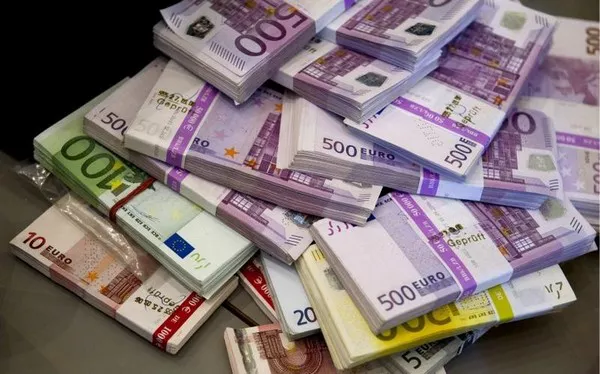The Japanese Yen (JPY) is trading weakly against the US Dollar (USD) early Wednesday, with the USD/JPY pair holding onto recent gains. The movement comes in response to cautious remarks from Bank of Japan (BoJ) Deputy Governor Ryozo Himino, who indicated that the BoJ might adjust monetary accommodation if it gains confidence in its economic and price outlook.
Despite these comments, the divergent monetary policies between the BoJ and the Federal Reserve (Fed) could temper the USD/JPY pair’s gains. The BoJ’s hawkish stance, including potential further interest rate hikes, may support the JPY to some extent. Conversely, Fed Chair Jerome Powell’s recent comments at the Jackson Hole Symposium suggested that “the time has come for policy to adjust,” though he did not specify the timing or scale of any potential rate cuts.
San Francisco Fed President Mary Daly also hinted at the need to begin reducing interest rates, potentially starting with a quarter-percentage point cut. According to the CME FedWatch Tool, markets are fully anticipating at least a 25 basis point rate cut by the Fed in its September meeting.
Market focus is now shifting towards upcoming speeches from Atlantic Fed President Raphael Bostic and Nvidia’s earnings report, which could influence risk sentiment and impact the safe-haven US Dollar.
In other market updates, Japan’s Finance Minister Shunichi Suzuki remarked on Tuesday that foreign exchange rates are affected by a range of factors, including monetary policies, interest rate differentials, geopolitical risks, and market sentiment, making precise predictions challenging.
US Durable Goods Orders saw a significant 9.9% increase month-over-month in July, rebounding sharply from a 6.9% decline in June. This surge exceeded expectations of a 4.0% rise and marked the largest gain since May 2020.
Additional reports highlighted varying views within the Fed: Philadelphia Fed President Patrick Harker emphasized the need for gradual rate cuts, while Chicago Fed President Austan Goolsbee noted that monetary policy is currently at its most restrictive, with a focus on achieving employment goals.
BoJ Governor Kazuo Ueda, addressing the Japanese parliament, stated that the bank is not considering selling long-term Japanese government bonds (JGBs) as a tool for interest rate adjustments. Any reduction in JGB purchases would be minimal, he noted, and any further rate adjustments would depend on economic alignment with projections.
Japan’s National Consumer Price Index (CPI) increased by 2.8% year-on-year in July, holding steady for the third consecutive month and remaining at its highest level since February. The CPI excluding Fresh Food rose by 2.7%, also the highest since February.
In the US, the Composite PMI edged down to 54.1 in August from 54.3 in July but remained above market expectations, signaling continued expansion in business activity for 19 consecutive months. The FOMC minutes from July’s policy meeting suggested that most Fed officials anticipate a rate cut at the upcoming September meeting if inflation continues to ease.
Technical Analysis: The USD/JPY pair remains strongly bid near the 144.50 level. The daily chart indicates the pair is testing a downtrend line, which could signal a weakening bearish trend. However, the 14-day Relative Strength Index (RSI) is slightly above 30, reinforcing a bearish outlook.
If the USD/JPY stays below the downtrend line, it may hover around the seven-month low of 141.69 reached on August 5. A drop below this level could see the pair move towards the support at 140.25.
On the upside, resistance may emerge around the nine-day Exponential Moving Average (EMA) at 145.23. A break above this level could lead to testing the resistance zone near 154.50.
Related Topics:



























